Façade installation is progressing on 420 Carroll Street, a two-tower residential complex in Gowanus, Brooklyn. Designed by FXCollaborative and developed by Domain Companies, the project consists of a 20-story, 224-foot-tall tower and a shorter 15-story sibling and will yield 360 units with 25 percent reserved for affordable housing, as well as 27,500 square feet of retail space, 7,700 square feet of “Gowanus Mix” space pursuant to the 82-block district rezoning, and a new public promenade along the Gowanus Canal. Studio Mainer is the interior designer, Scape is the landscape architect, and Mega Contracting Group is the general contractor for the development, which strands on a trapezoidal plot bound by Carroll Street to the north, the Powerhouse Arts building and its parking lot to the south, and the Gowanus Canal to the west.
420 Carroll Street was just about to top out at the time of our last update in late May. Since then, crews have formed the final levels and mechanical bulkheads and are now working to enclose the structure. Recent photos show large sections of both towers fitted with metal stud frames, insulation boards, and floor-to-ceiling windows. Black netting and scaffolding shroud portions of the tallest building’s pinnacle.
King Contracting Group is in charge of installing the CMU, EIFS, and stone façade.
The following photo shows the complex’s position in relation to the Downtown Brooklyn skyline.
The main rendering depicts the taller structure rising from a multi-story podium with a landscaped rooftop terrace and a grid of white paneling framing floor-to-ceiling windows. The shorter uses darker-hued façade panels and has numerous terrace spaces across both its setbacks and atop its largely flat roof parapet. The development will also include a gently sloped boardwalk lined with wooden railings that wraps around the southwestern corner of the property. Further inland will be newly planted trees and landscaping, ADA-accessible ramps, stone seating, multi-tiered lawns, and retail frontage nestled between the buildings.
Residential amenities will include coworking space, a lounge, multiple outdoor spaces, a fitness center, a children’s playroom, and bike storage. The nearest subway is the R train at the Union Street station to the east along 4th Avenue.
420 Carroll Street is aiming for LEED Platinum certification and is anticipated to be completed in the spring of 2025, as noted on site.
Subscribe to YIMBY’s daily e-mail
Follow YIMBYgram for real-time photo updates
Like YIMBY on Facebook
Follow YIMBY’s Twitter for the latest in YIMBYnews

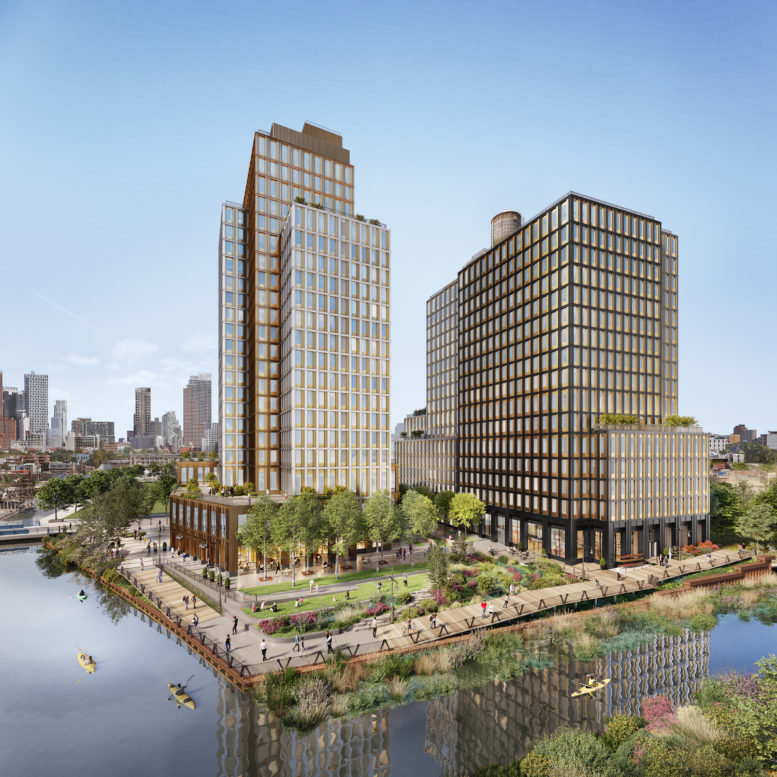
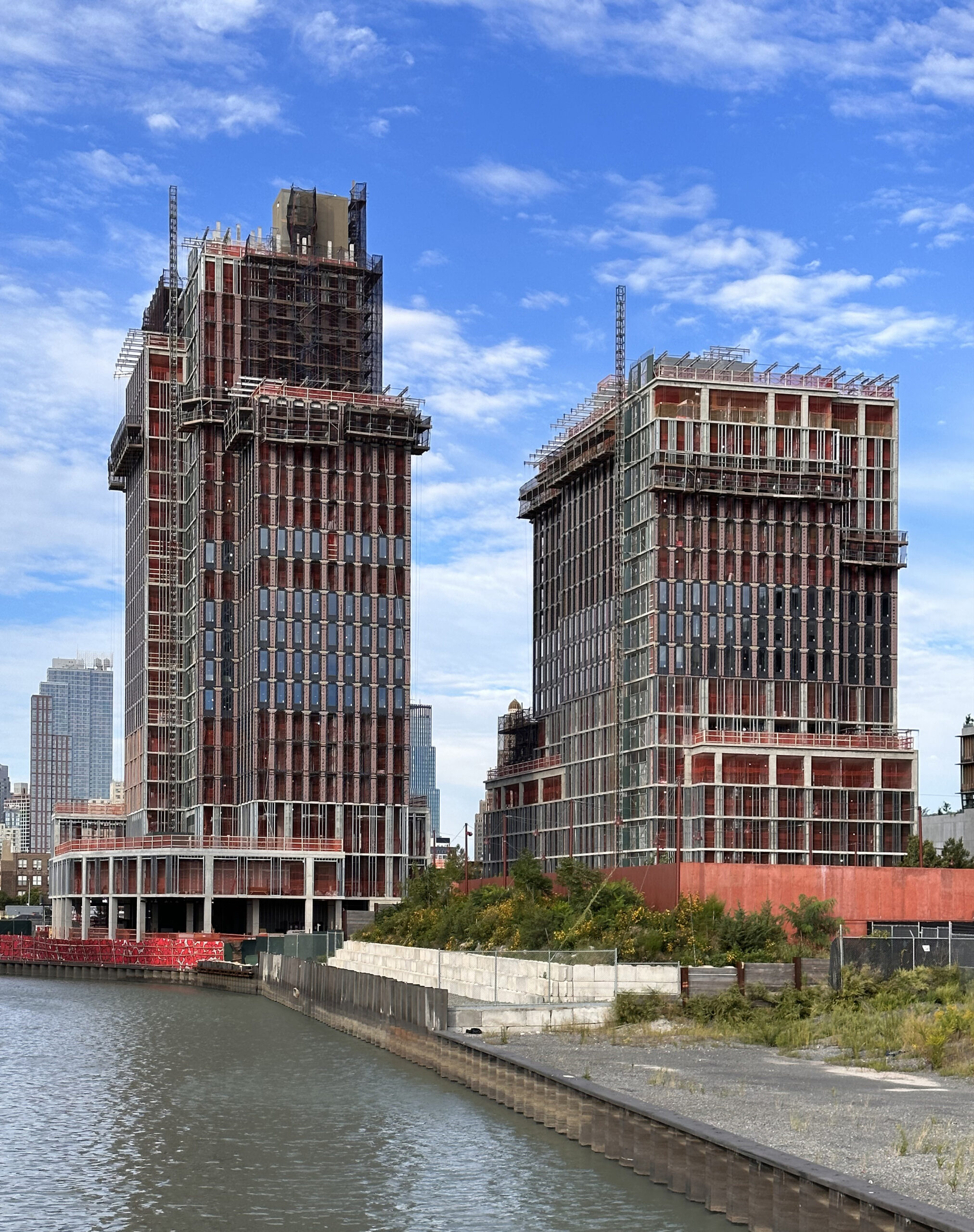
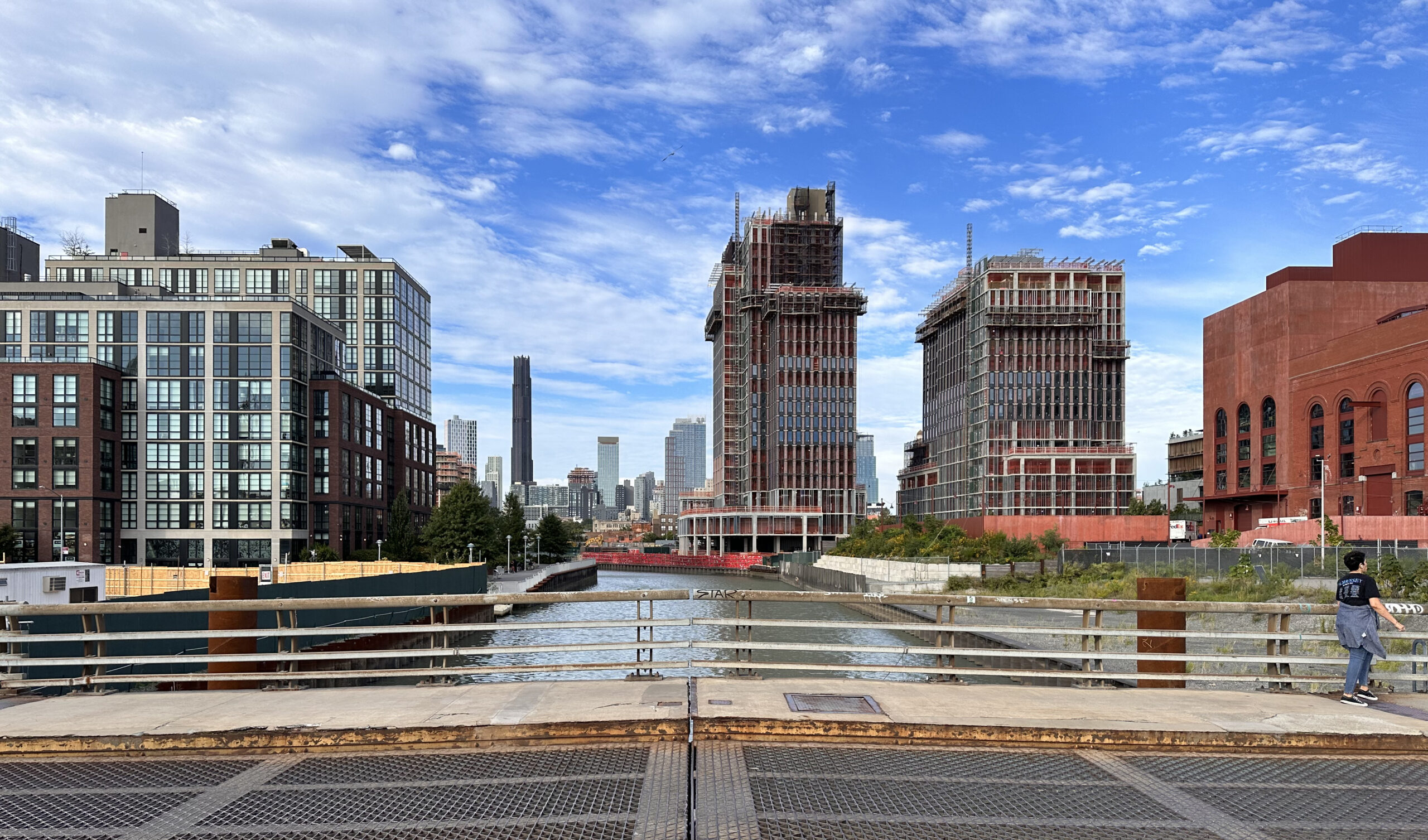
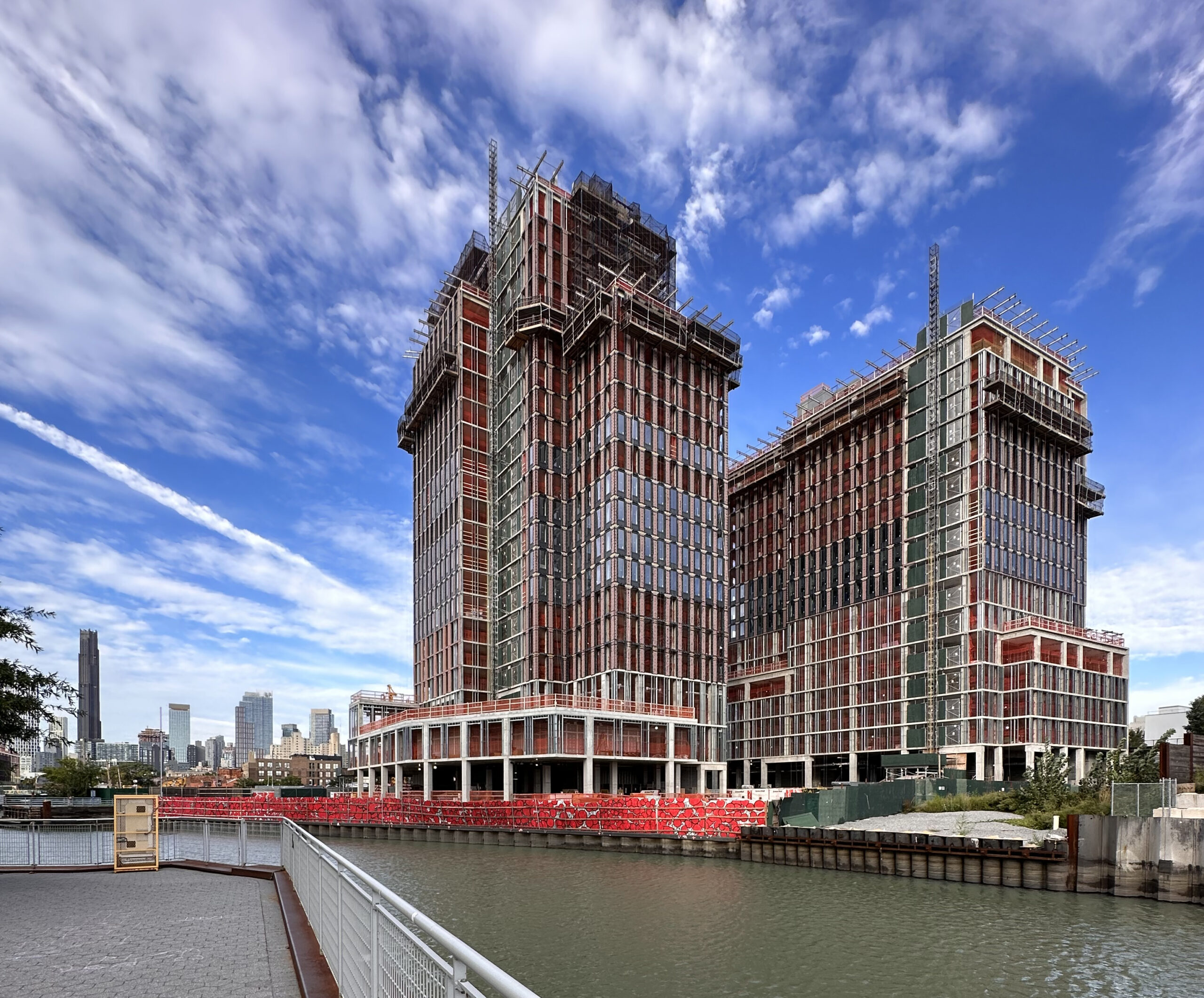
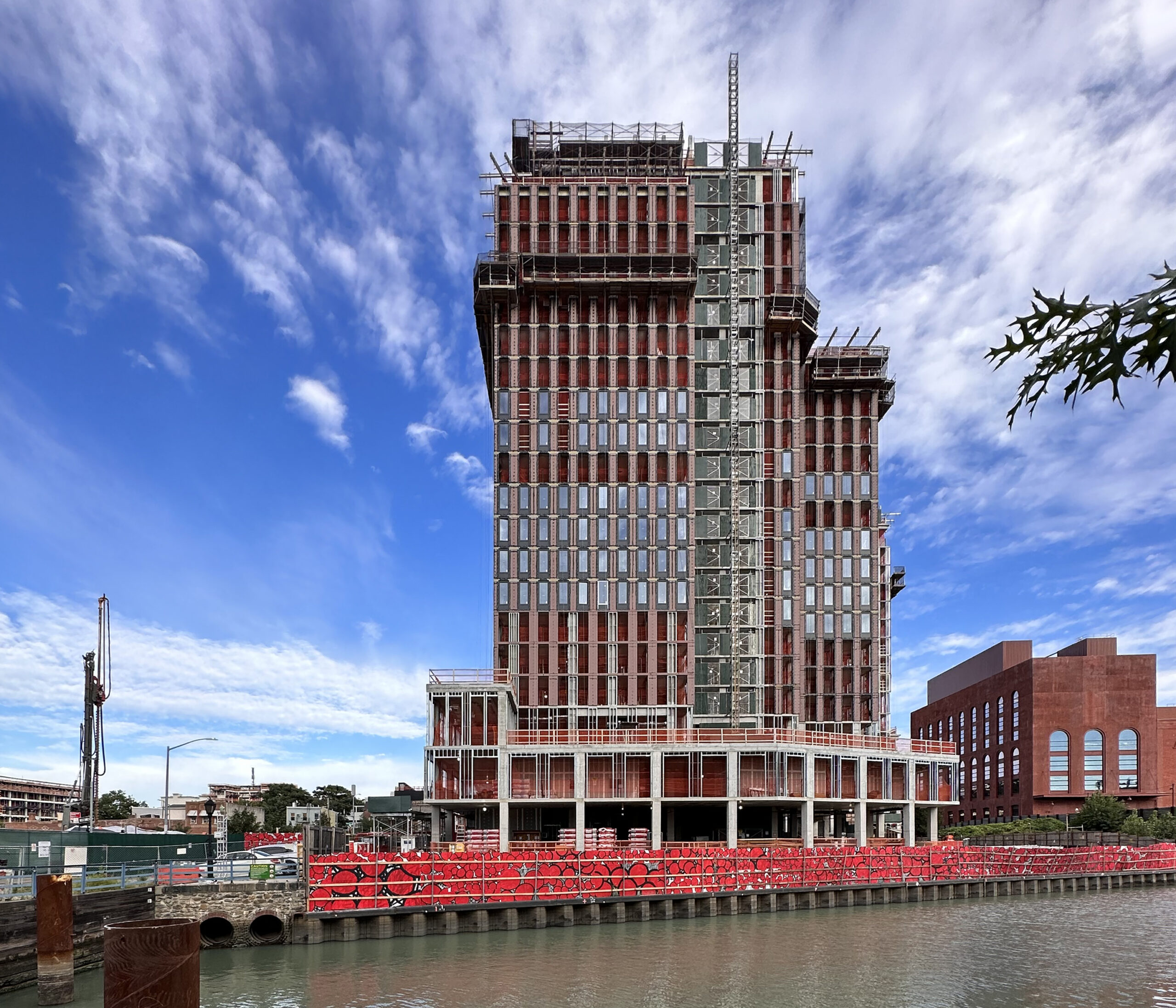
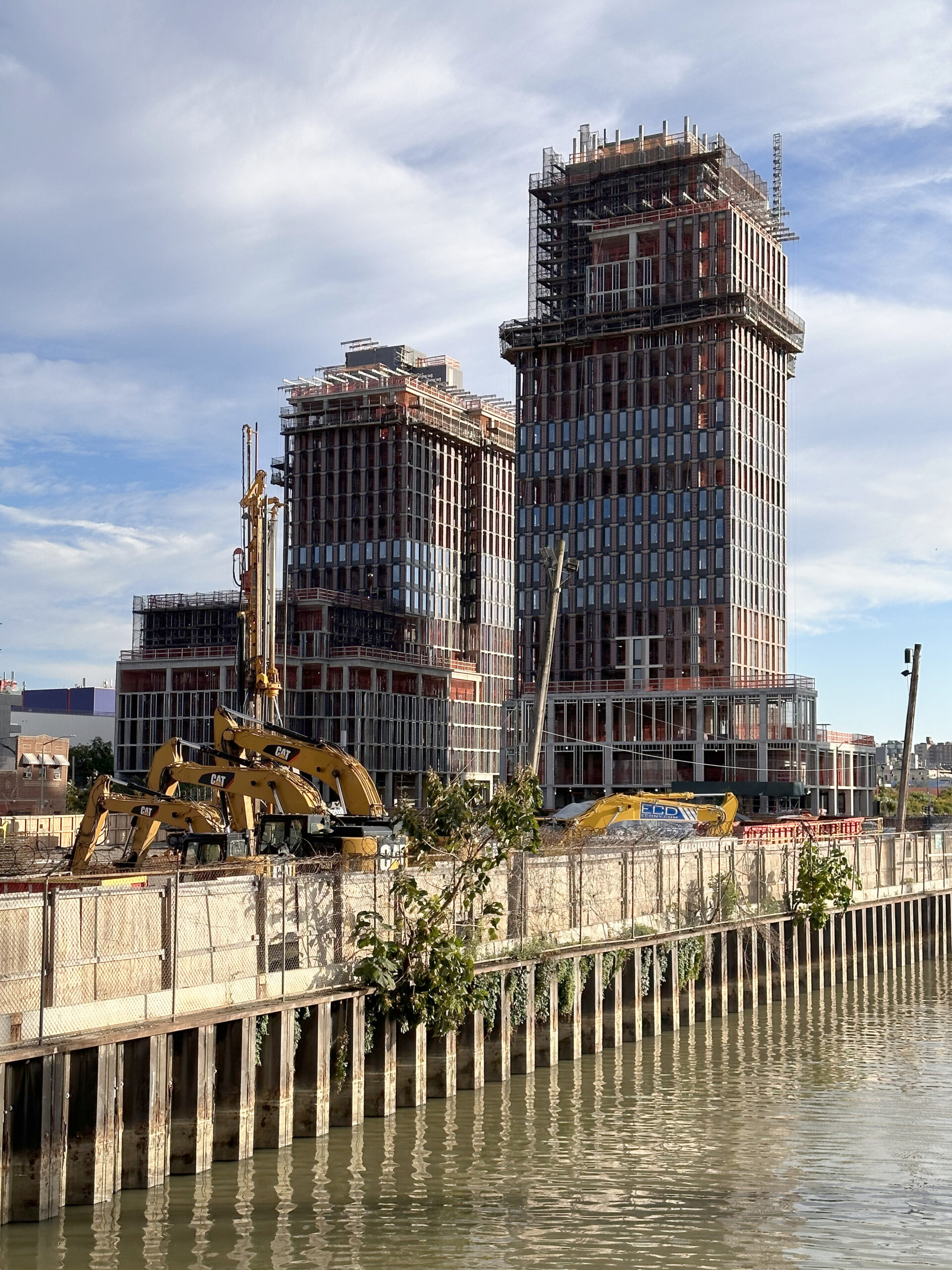
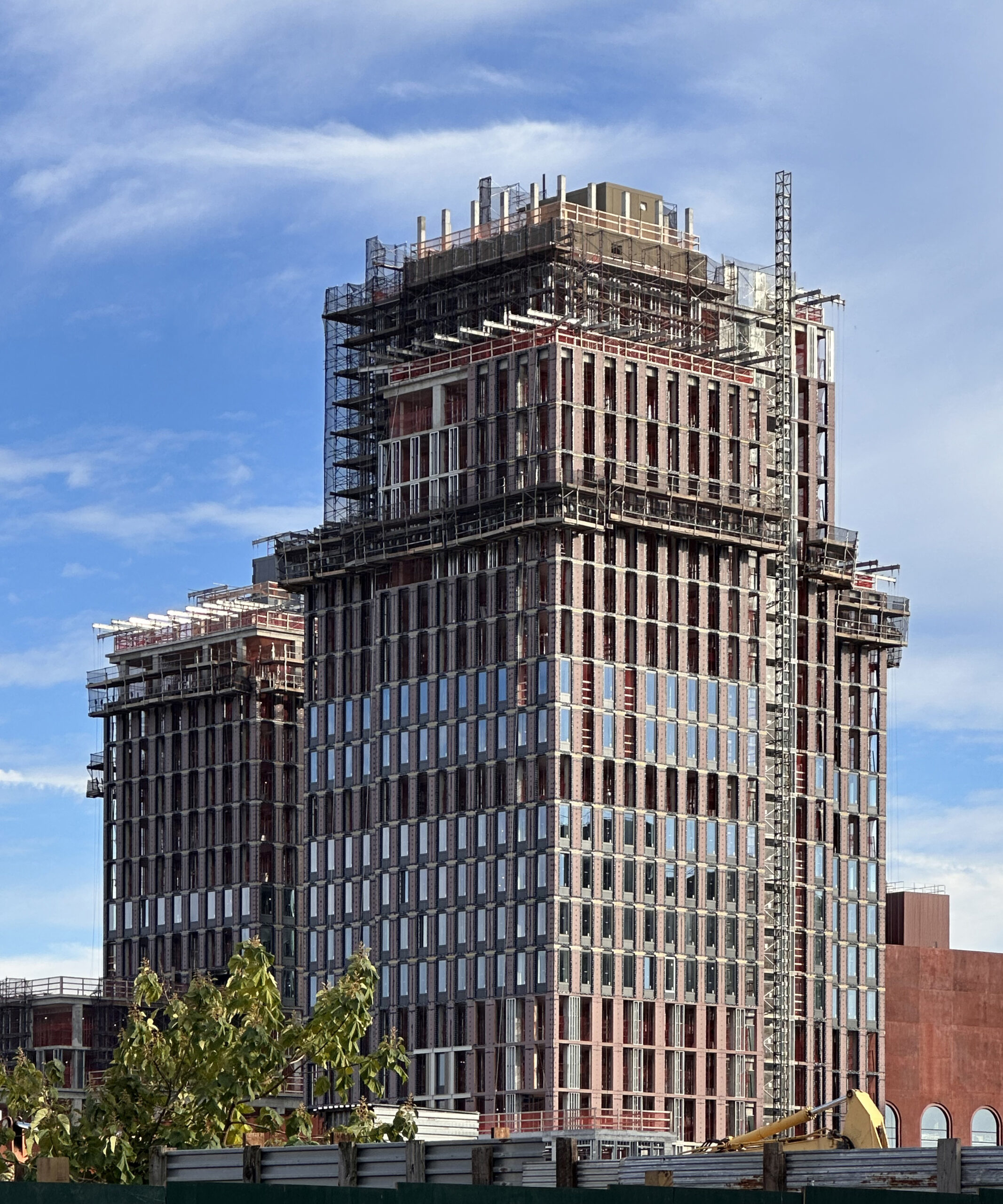
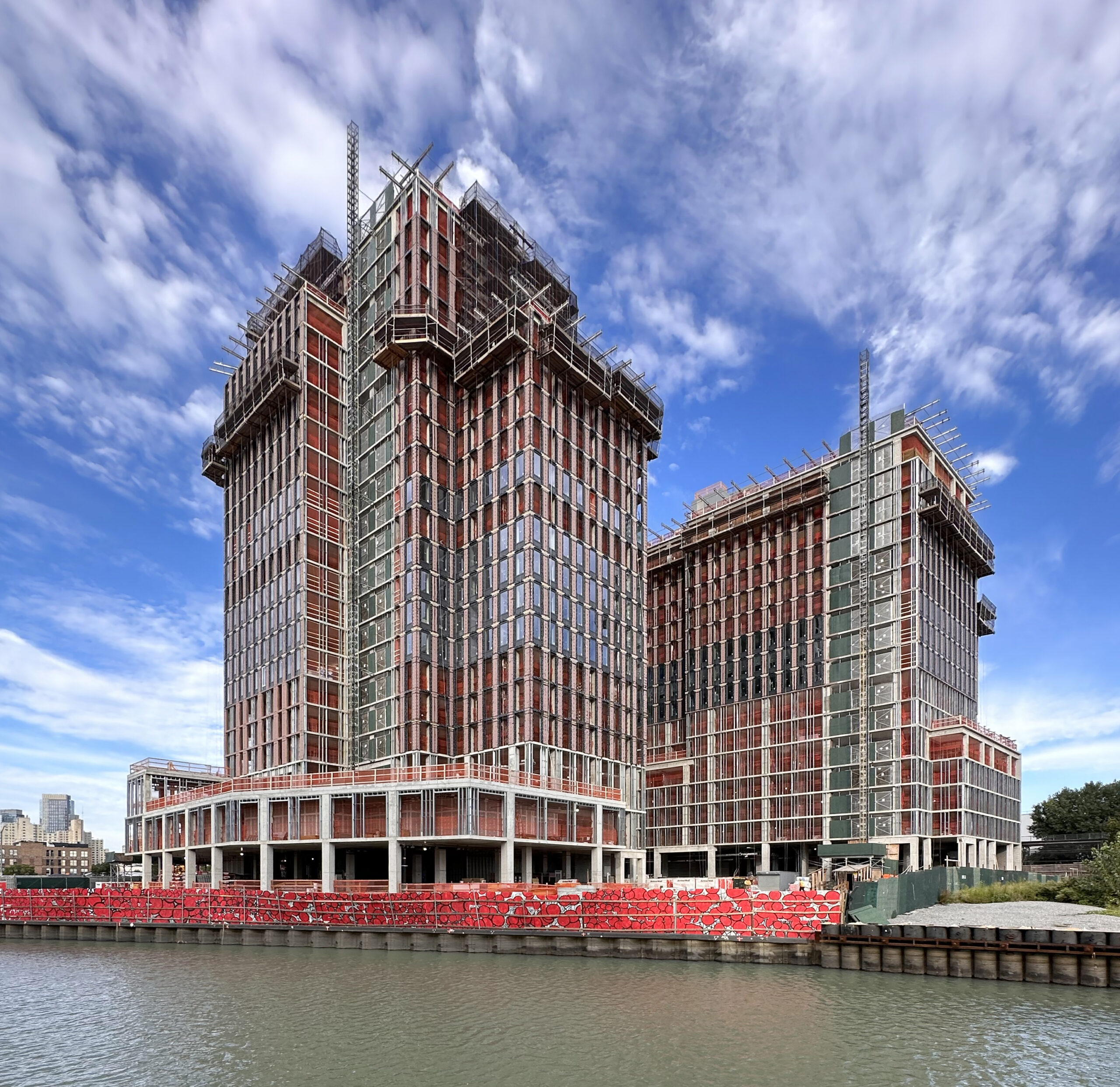
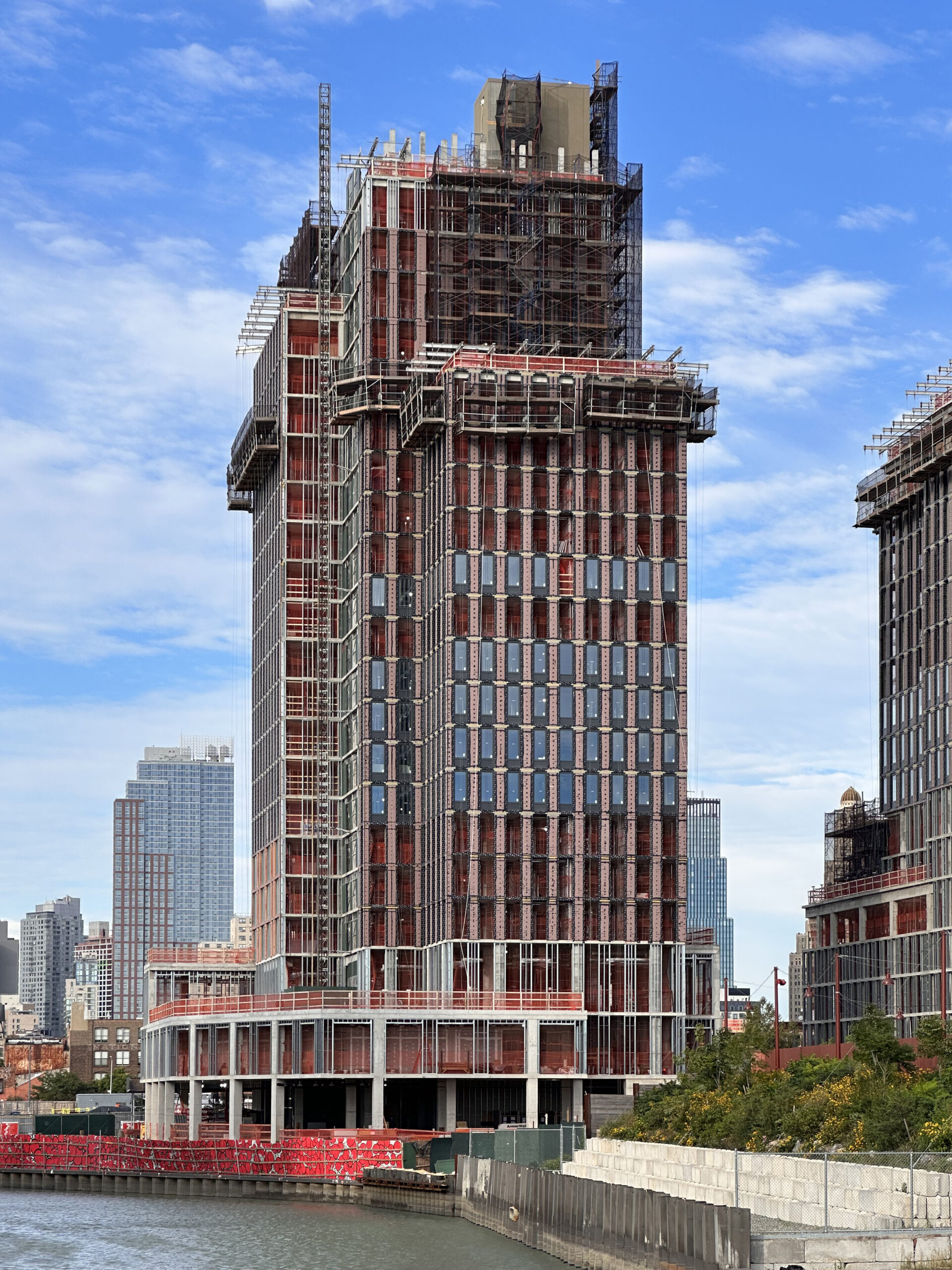
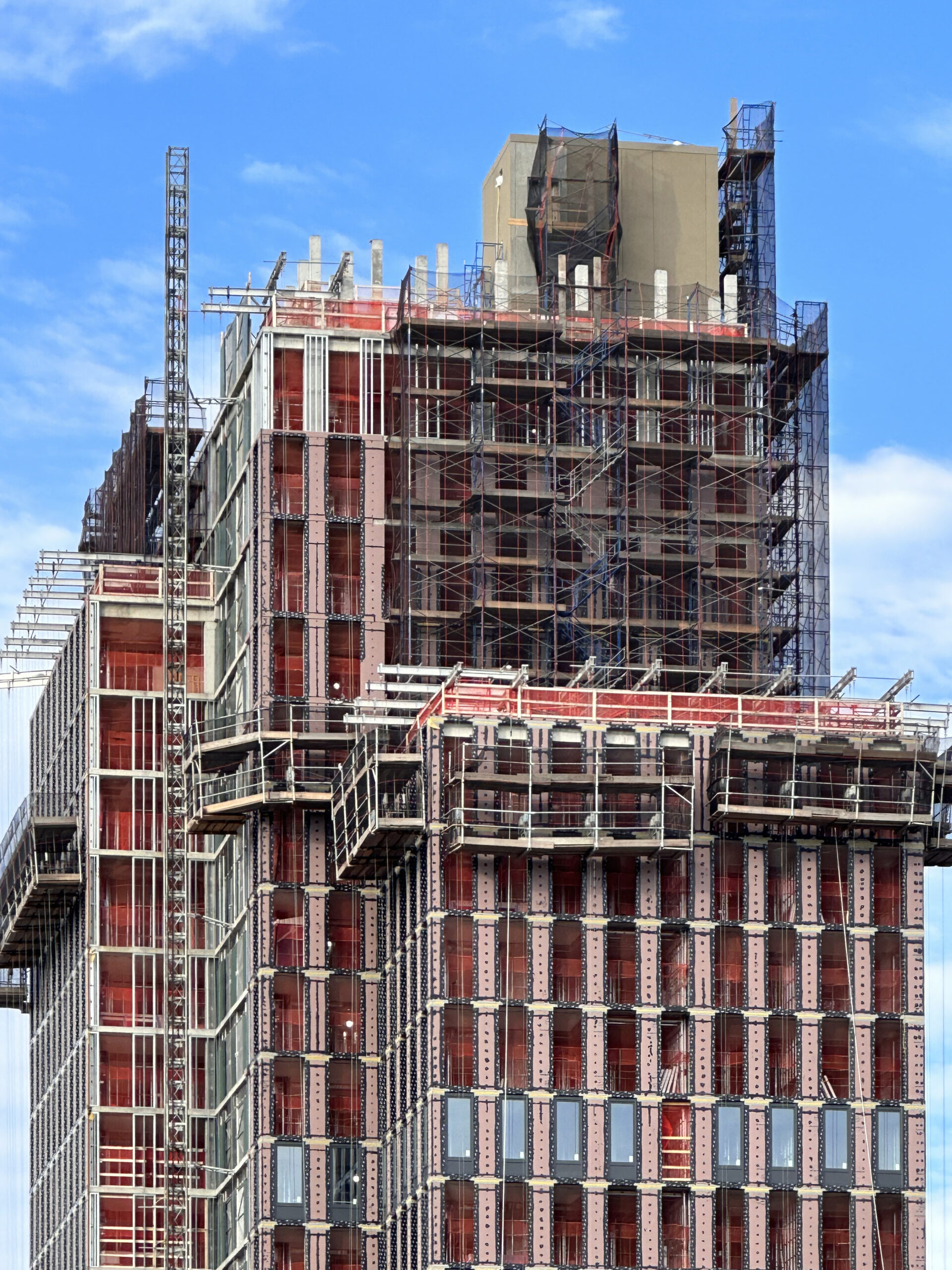
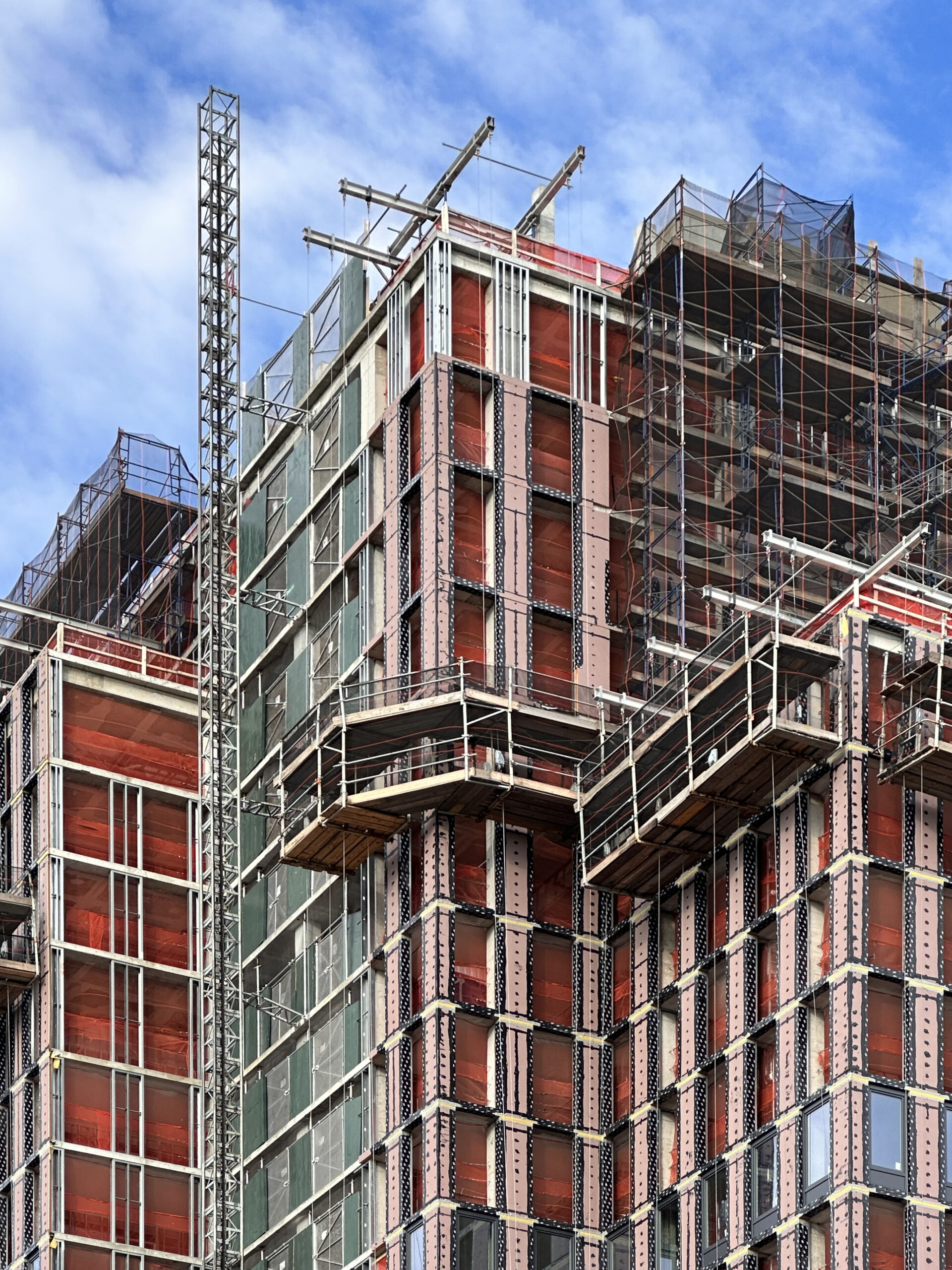
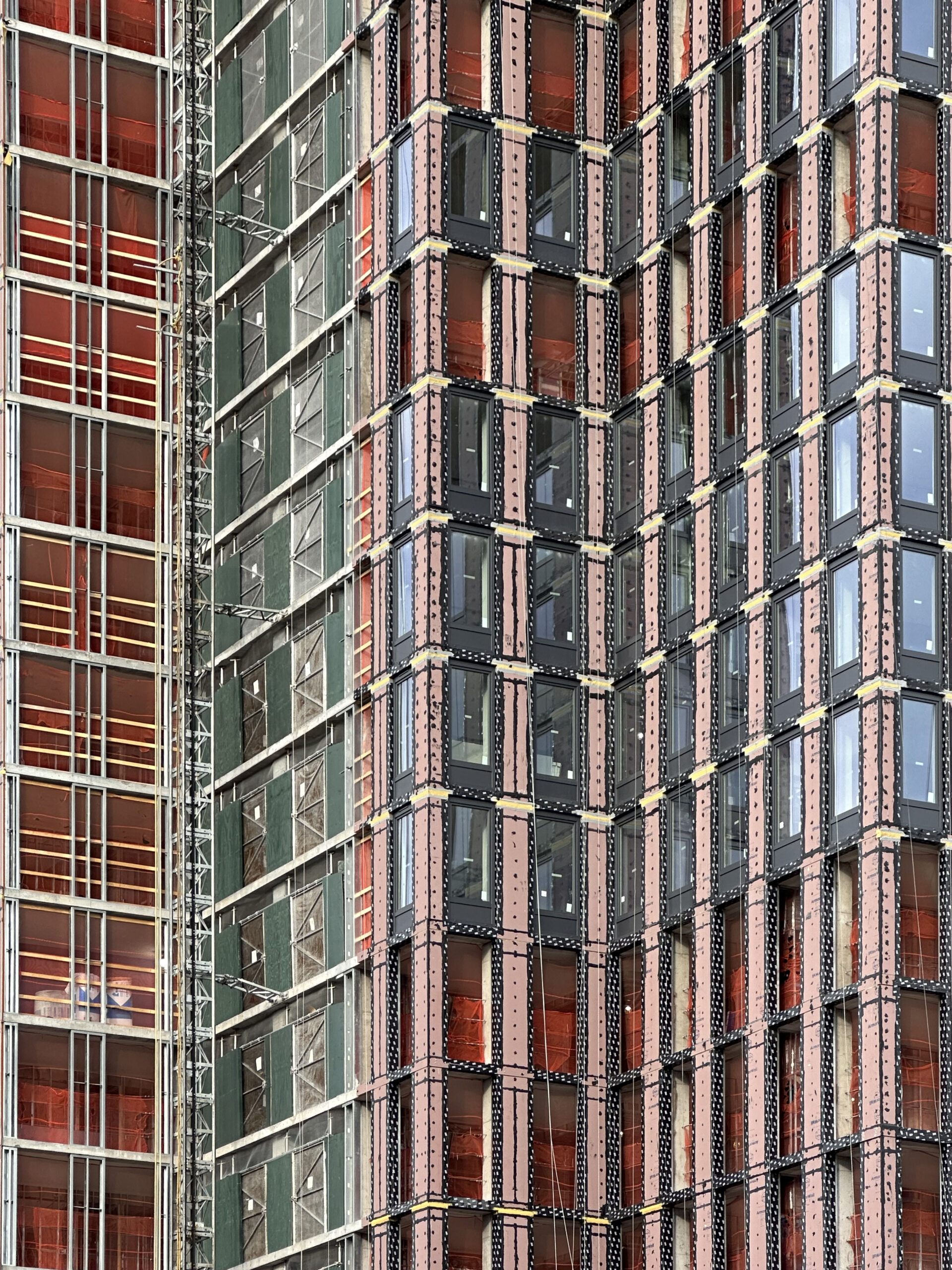
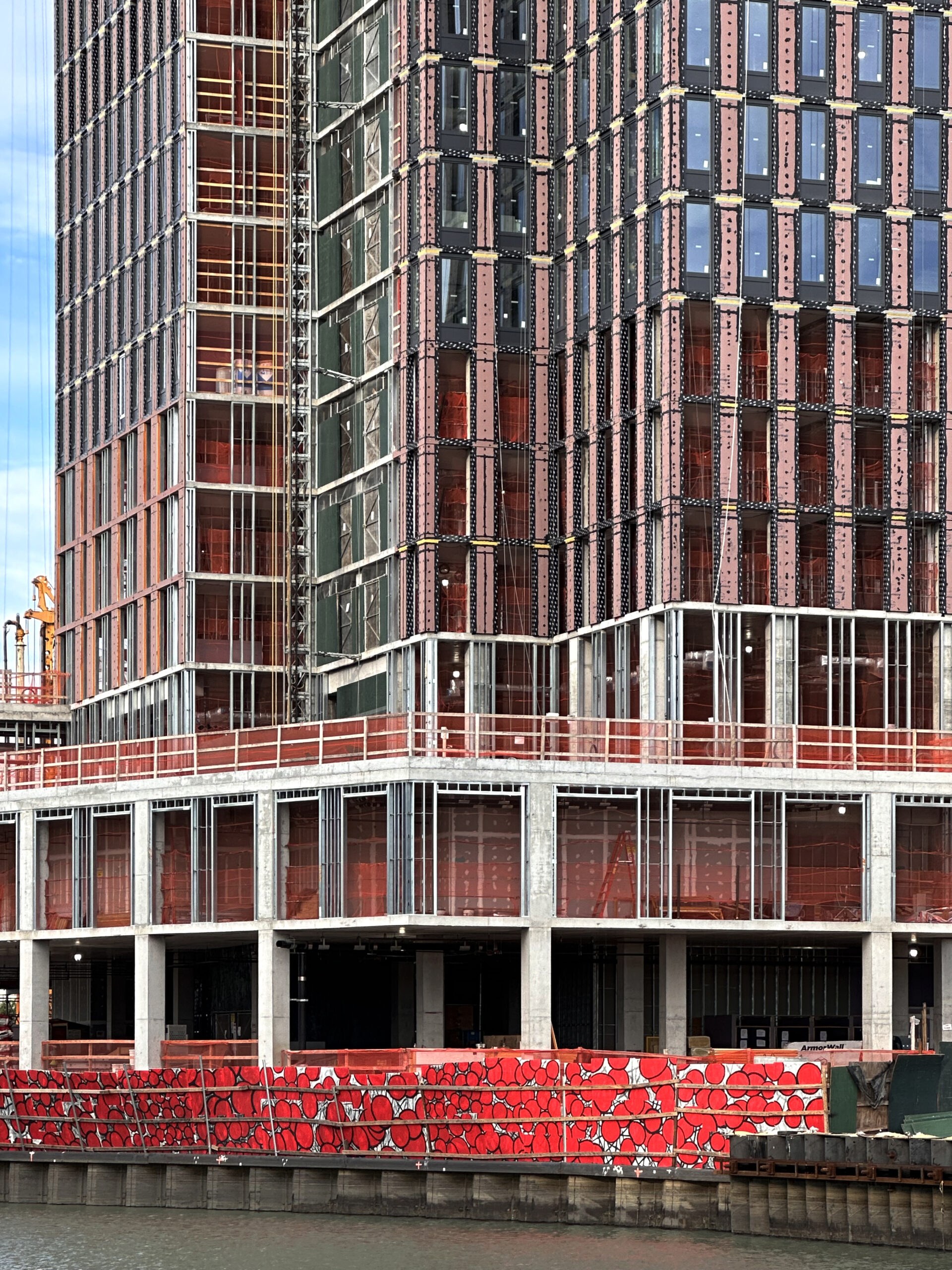
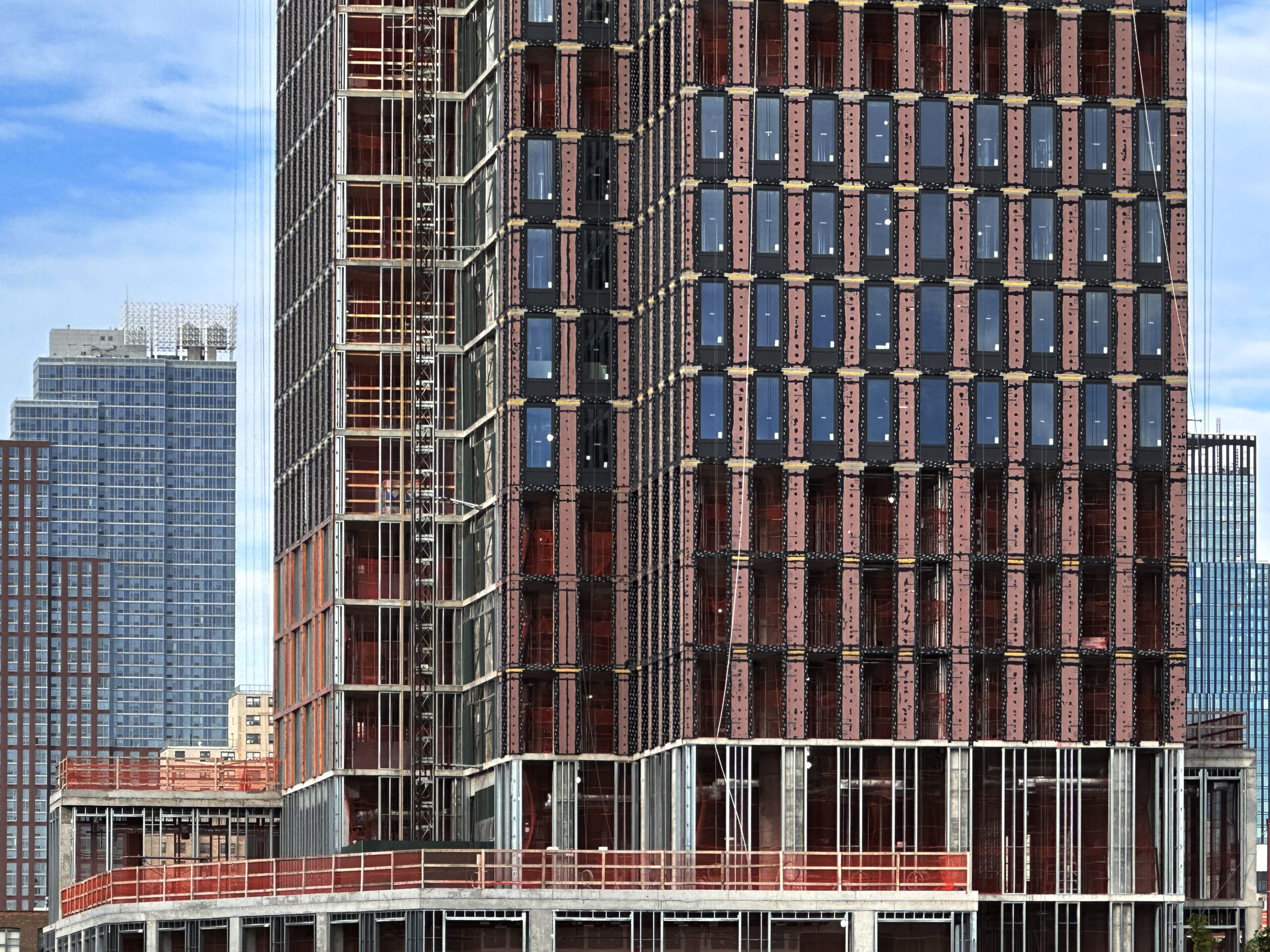
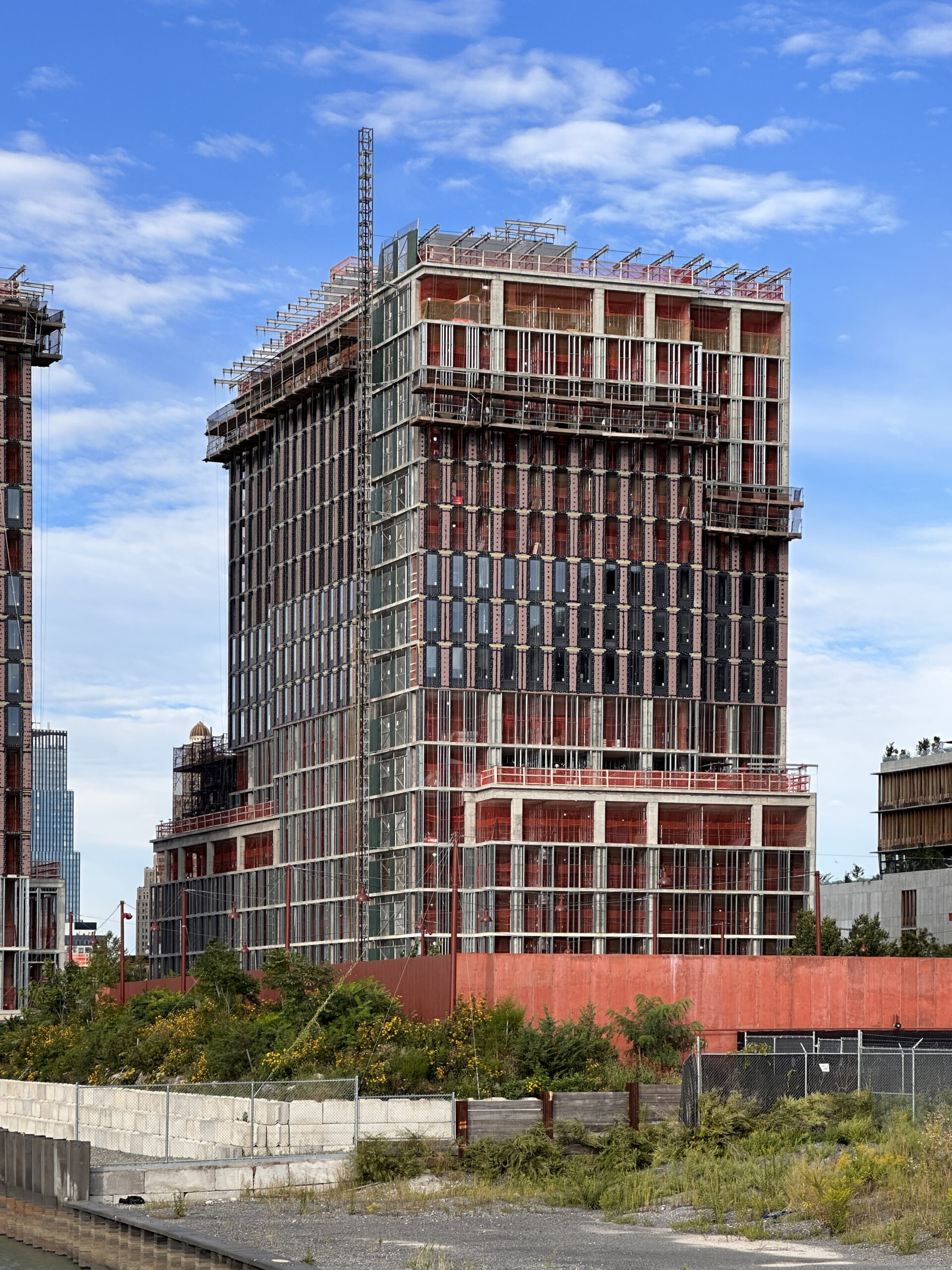
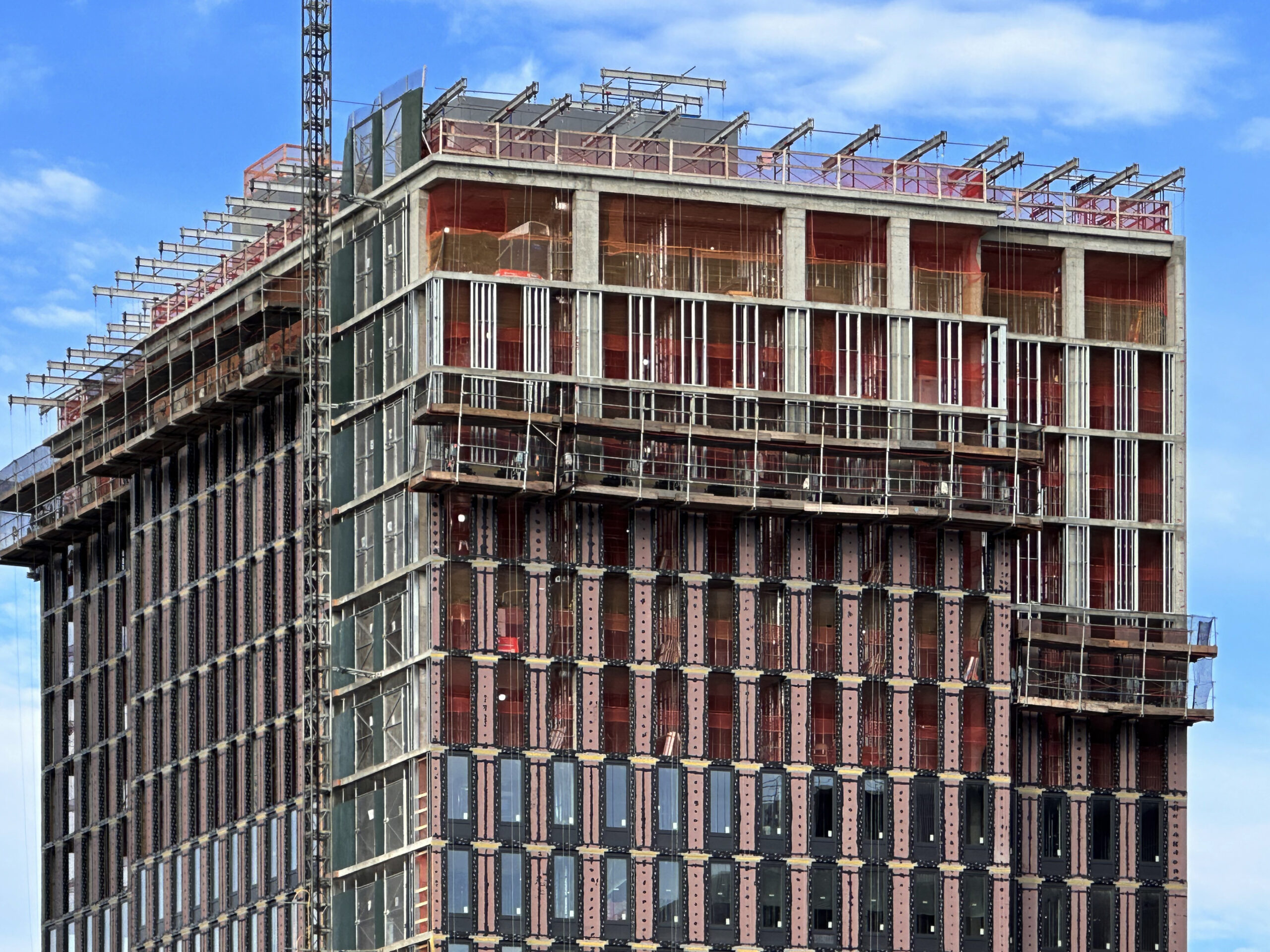
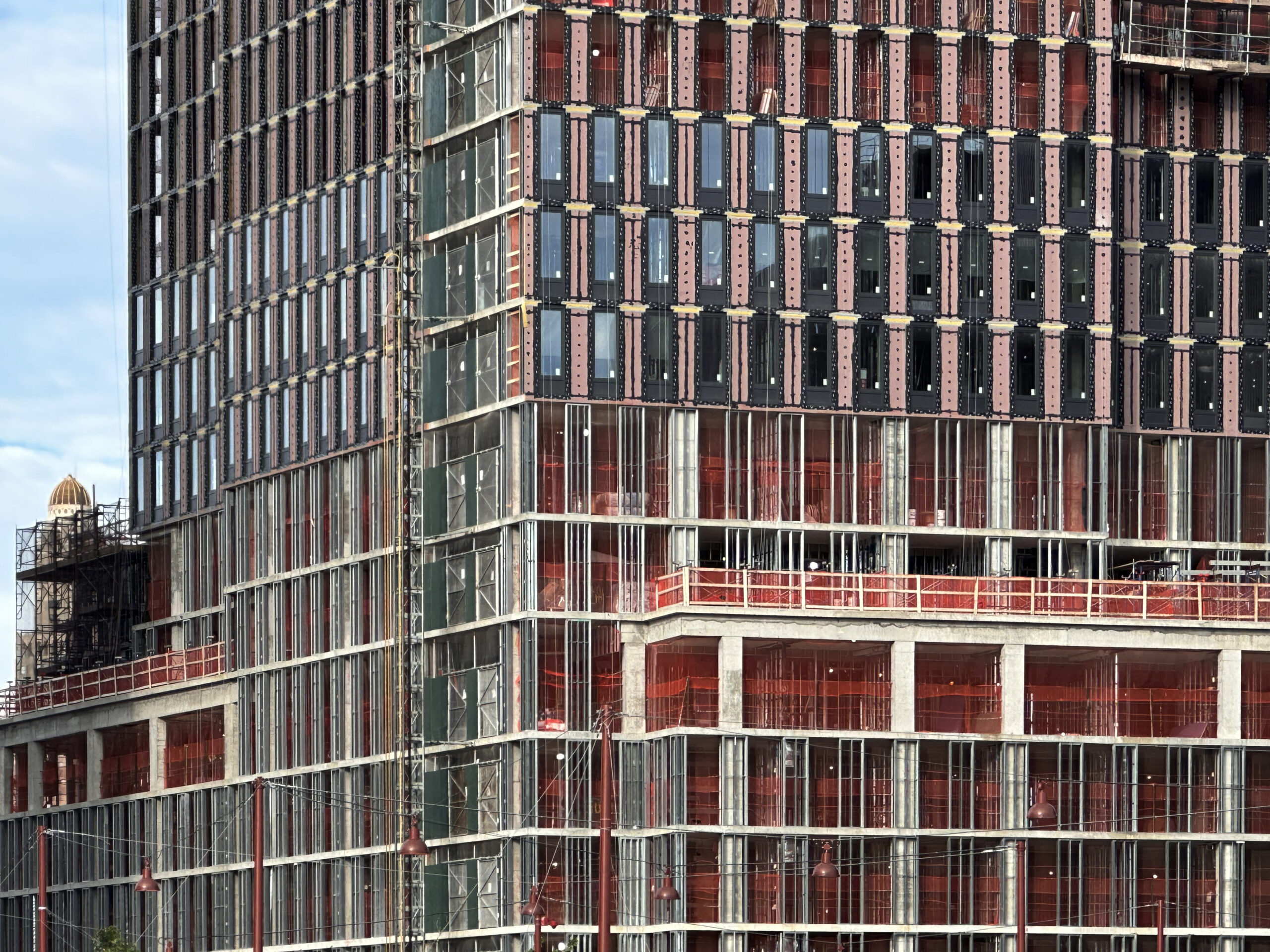
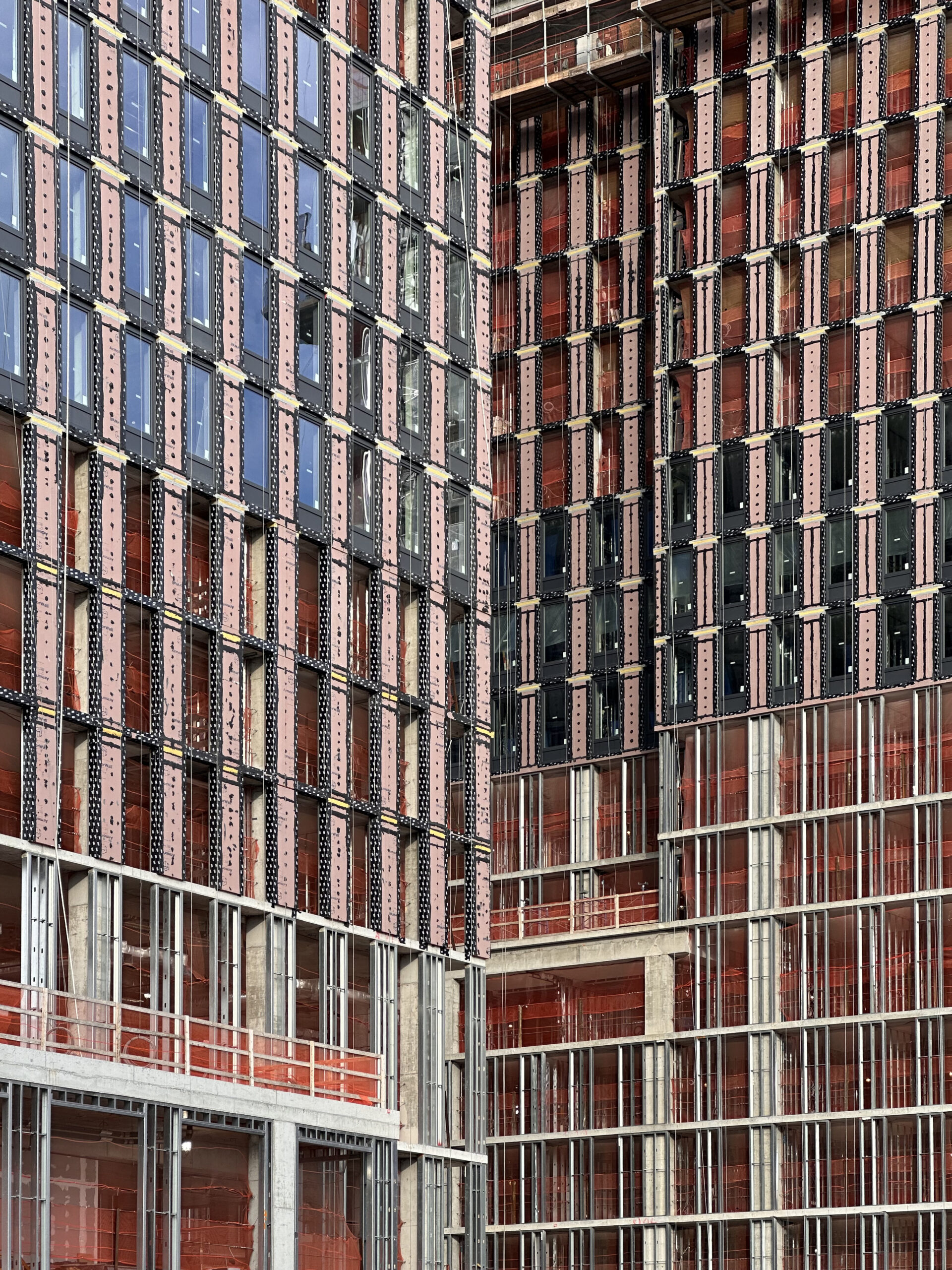
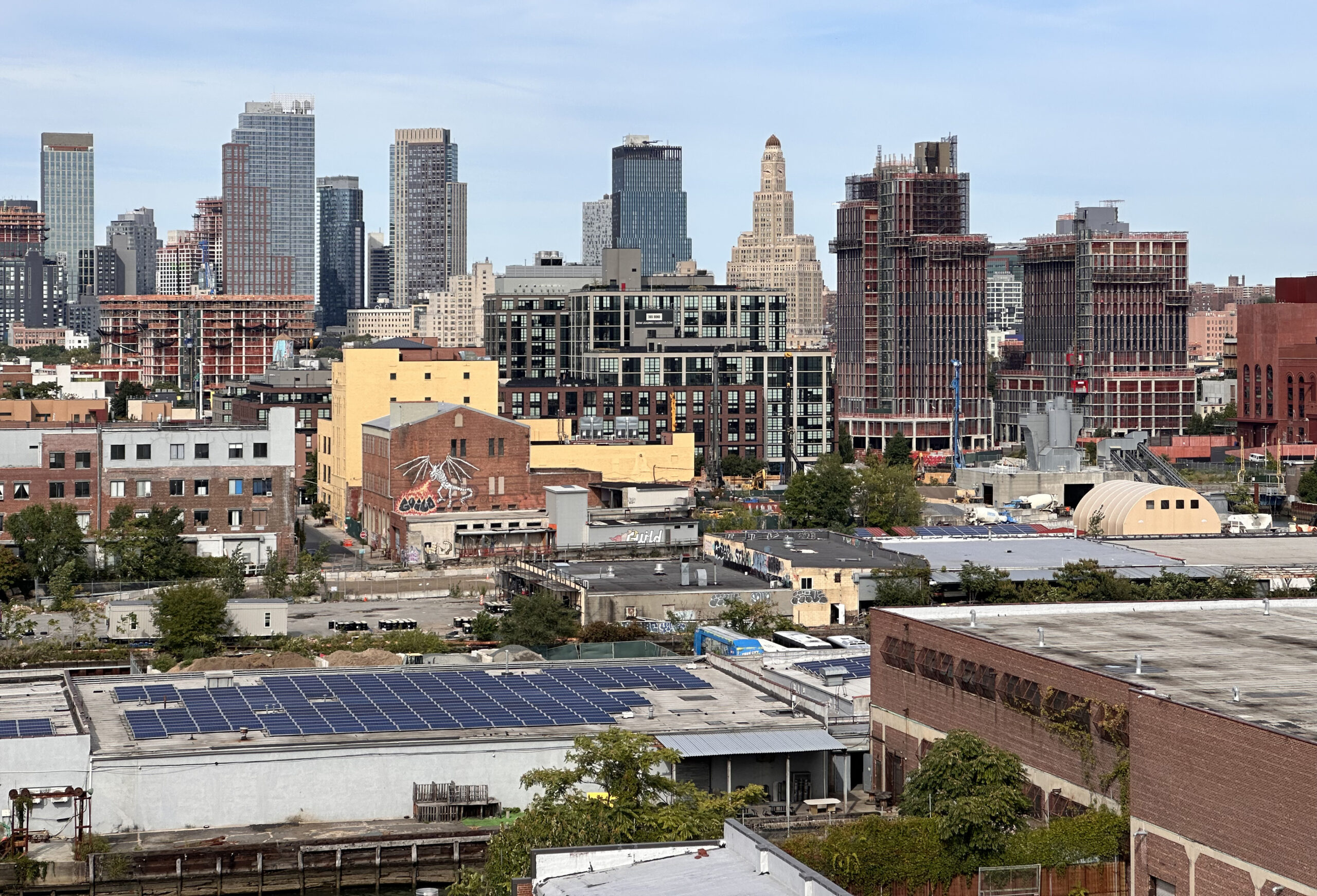
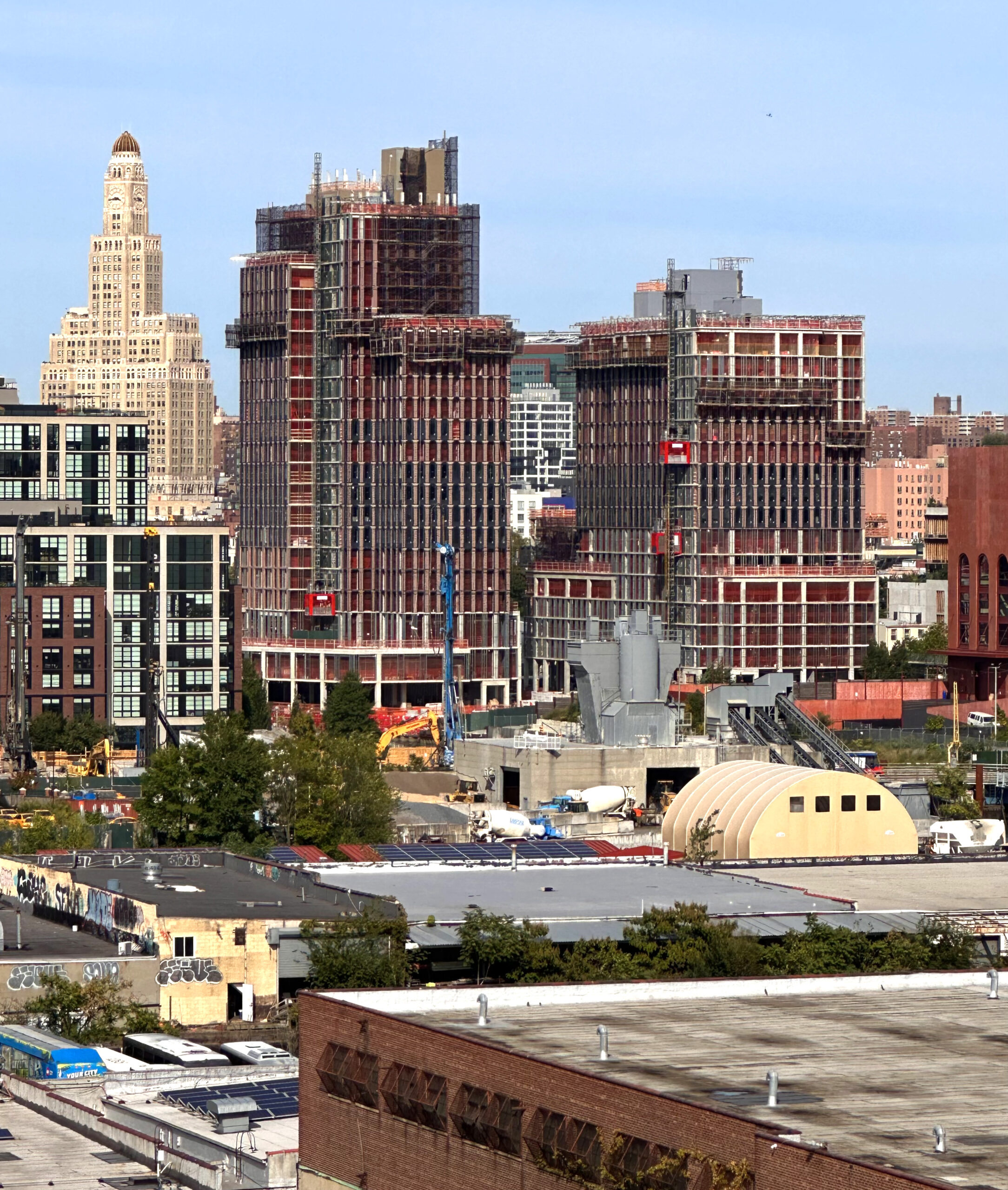
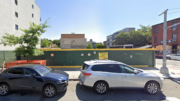

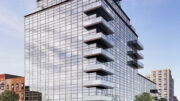

Rendering is wrong. The canal is only on the left side, not the bottom.
Both are tall and easily viewed on beautiful skyline, I think there is still more development in this area: Thanks to Michael Young.
It will probably be 45 apartments that’s so called affordable out of 360 units, there goes swag mayor adams 500,000 affordable housing moon shot, SMH
i agree with you Joe
this is a joke to call these few units affordable.
Affordable to high income people only
Another joke
in the rendering they have people in KAYAKS ON THE POLLUTED SUPERFUND GOWANUS CANAL
Yea just what I’ll do with my family , take a kayak out into the polluted Gowanus canal
What’s Happening in Gowanus?
The Canal
The Gowanus Canal Was Designated a “Superfund Site”
For over a century, the banks of the Gowanus Canal were line with industry and manufacturing companies, which released their toxic waste into the canal water as well into the ground. In 2010, the federal government identified the Gowanus Canal as one of the most toxic waterways in the entire country. It’s filled with toxins that pose serious public health risks. As a result, it was designated a “Superfund” site, and in 2020, the Environmental Protection Agency began a $1.5 billion cleanup of the canal.
The Land
The Gowanus Neighborhood Has Been Rezoned
In 2021, 82 blocks in Gowanus were changed from mainly industrial use to allowing residential development. The existing industrial buildings being demolished in the neighborhood will soon be replaced by dozens of apartment towers reaching up to 30 stories tall.
Most of the Rezoned Land is Highly Toxic
The vast majority of development sites in Gowanus (see map, below) are filled with cancer-causing toxins due to a century of industrial use, and have been classified by NY State as “Brownfield sites.” Some have toxins as deep as 150 feet.
The Infrastructure
Sewage Frequently Flows Into the Canal
During heavy rains, raw sewage flows into the canal because it exceeds the current sewer system’s capacity. As a result, the EPA has demanded that the City build two enormous “retention” tanks to keep excess sewage from going into the canal.
What’s The Problem?
The Land is Not Being Cleaned Up Fully, Leaving Toxins in the Soil
All of these sites need to be cleaned up before residential buildings can be built. State law requires they be cleaned to “pre-disposal conditions”—as they were before industrial poisoning. However, this is NOT happening. For instance, at some sites, where toxins reach as deep as 150 feet, the State is only calling for developers to clean less than the top 8 feet of contaminated soil.
Toxins Left in the Soil Can Enter Buildings And Threaten Future Residents’ Health
The State itself acknowledges that when certain toxins (“volatile organic compounds” or VOCs) are left in the soil, they can “move into buildings and affect the indoor air quality.”
Rather than remove them entirely, the State has decided that on the development sites, these toxins will be covered, or “capped,” with a slab of concrete. This method of dealing with toxic land, known as creating a “vapor intrusion barrier,” is very risky, and is so unreliable that these sites must be monitored every year, in perpetuity, to ensure that dangerous vapors haven’t penetrated people’s residences.
The Most Deeply-Affordable Housing Is Planned for the Most Seriously Toxic Site
Some of the worst contamination can be found at “Public Place,” a City-owned plot at the corner of Smith and Fifth Streets which for decades housed a manufactured gas plant that created waste known as “coal tar.” Exposure to coal tar has been linked to a variety of cancers. Coal tar at this site has been found to a depth of 150 feet.
The cleanup proposed for this site is woefully inadequate, and only the top 8 feet of soil will be cleaned. It is also the only site in the entire rezone where 100% of the 950 apartments target lower incomes, including units for unhoused individuals and seniors. A school has also been proposed for this site.
Placing the lowest-income residents in danger in this way raises Environmental Justice concerns.
Toxins Are Not Confined To Their Original Sites and Threaten the Health of Existing and Future Residents
Large “plumes” of migrating carcinogenic coal tar have already been found far from their original site in Gowanus, and with flooding and rising groundwater levels from climate change, these and other carcinogens can wind up underneath existing homes and intrude into them.
Fumes from the Toxic Construction Sites Pose a Danger to the Community
The disturbance of the land at these toxic construction sites has caused air monitors to be set off by toxic fumes reaching dangerously high levels, with the community not notified and only discovered after kids in the neighboring playground smelled it and reported it to our electeds.
The Gowanus Canal will be Re-Contaminated With Toxins
Without a full cleanup, toxins from the sites surrounding the canal will seep right back into the canal and re-contaminate it, thereby not only wasting $1.5 billion in taxpayer dollars, but also returning the canal to its dangerously toxic state.
Sewage Retention Tanks Are Not Being Built, and Sewage will continue to flow into the canal—and into our homes
The City is not following the EPA’s timeline to build the required retention tanks, and at this point says that they won’t be complete until after 2030. And the retention tanks are only meant to deal with the current number of residents in the community; they don’t take into account the additional sewage that will be produced by 20,000 planned future residents.
Without the required retention tanks, and given increases in rainfall as a result of climate change, sewage will (and has) backed up into people’s homes.
It’s a really good design and I’m glad they are softening the canal edge with plantings.
The CSO tanks are being built right now. The one at the northern end is under construction. The other on at Second Ave is undergoing site clearance with the excavation contract just put out for bidding.
The City is not following the EPA’s timeline to build the required retention tanks, and at this point says that they won’t be complete until after 2030. And the retention tanks are only meant to deal with the current number of residents in the community; they don’t take into account the additional sewage that will be produced by 20,000 planned future residents.
Without the required retention tanks, and given increases in rainfall as a result of climate change, sewage will (and has) backed up into people’s homes.
I get the hipster fascination with Brooklyn. Two of my kids lived there and one remains paying a fortune to live in an area I wouldn’t pick up a fare in way back in 70-71 when I drove a yellow cab. That’s great, but the “City of Churches” was full of factories and was part of our first industrial revolution from the 1850s onward. The Gowanus is desperately polluted. As the poster above comments in detail, it has an amazing array of toxins and bio-hazards. In the summer it stinks. Do not imagine you will be boating in it. Did they ever get the big bronze propeller working to flush it? Did they ever find the remains of the Maryland and Rhode Island troops rumored buried there? Just asking for a history buff.
The Land is Not Being Cleaned Up Fully, Leaving Toxins in the Soil
All of these sites need to be cleaned up before residential buildings can be built. State law requires they be cleaned to “pre-disposal conditions”—as they were before industrial poisoning. However, this is NOT happening. For instance, at some sites, where toxins reach as deep as 150 feet, the State is only calling for developers to clean less than the top 8 feet of contaminated soil.
Toxins Left in the Soil Can Enter Buildings And Threaten Future Residents’ Health
The State itself acknowledges that when certain toxins (“volatile organic compounds” or VOCs) are left in the soil, they can “move into buildings and affect the indoor air quality.”
Rather than remove them entirely, the State has decided that on the development sites, these toxins will be covered, or “capped,” with a slab of concrete. This method of dealing with toxic land, known as creating a “vapor intrusion barrier,” is very risky, and is so unreliable that these sites must be monitored every year, in perpetuity, to ensure that dangerous vapors haven’t penetrated people’s residences.
I really like the massing on these.
However, is there going to be some standard design element across the waterfront esplanades in each development? or are we going to get a hodgepodge of handrails, pavers, lights, etc?